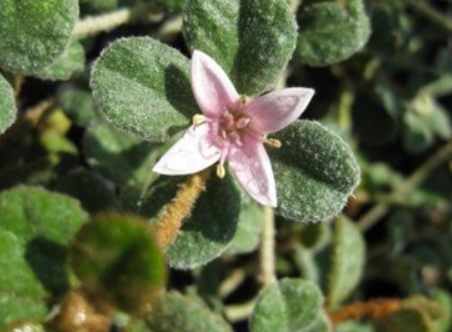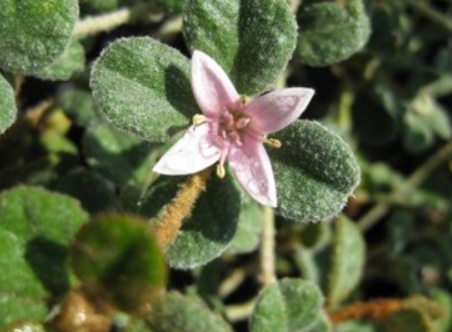Enter Your Postcode Below & Click 'Check' To See Delivery cost To Your Area
Correa alba var. pannosa
Correa alba var. pannosa
Couldn't load pickup availability
Common Name:
Velvet White Correa
Description:
Correa alba var. pannosa, known as Velvet White Correa, is a low-growing, evergreen shrub native to the coastal regions of south-eastern Australia, particularly in south-western Victoria and south-eastern South Australia. This variety is distinguished by its dense covering of woolly or felt-like hairs on the underside of its leaves, giving them a velvety texture. The leaves are leathery, elliptic to nearly round, and emit a pleasant aroma when crushed. From late spring to early summer, it produces delicate pale pink, star-shaped flowers, each with four separate petals—a characteristic that sets it apart from other Correa species, which typically have tubular flowers. The plant's stems are adorned with rust-colored, woolly hairs, adding to its distinctive appearance.
In Melbourne's climate, Correa alba var. pannosa thrives in well-drained soils and can tolerate a range of conditions, including coastal exposure and light frost. It prefers a position in full sun to light shade. Once established, it is drought-tolerant and requires minimal maintenance. Regular pruning after flowering can help maintain its compact form and encourage denser growth. This shrub is well-suited for use as a groundcover, in rockeries, or as part of a mixed border, providing year-round interest with its attractive foliage and seasonal blooms.
Form:
- Shrub - Small
Mature Size:
- Height: 0.3 meters
- Width: 1.2–1.8 meters
Aspect:
- Full Sun
- Light Shade
Flowering:
- Flowers in Late Spring
- Flowers in Early Summer
Flower Colour:
- Pale Pink
Key Attributes:
- Suitable for Pots
- Australian Native
- Drought Resistant (once established)
- Frost Tolerant
- Coastal Tolerant
- Attracts Birds
- Low Maintenance
Toxicity:
- No known toxicity to humans or animals.
Companion Plants:
- Banksia
- Grevillea
- Westringia
- Leptospermum
Note: Regular pruning after flowering can help maintain a compact shape and promote vigorous new growth.

- Choosing a selection results in a full page refresh.
- Opens in a new window.

